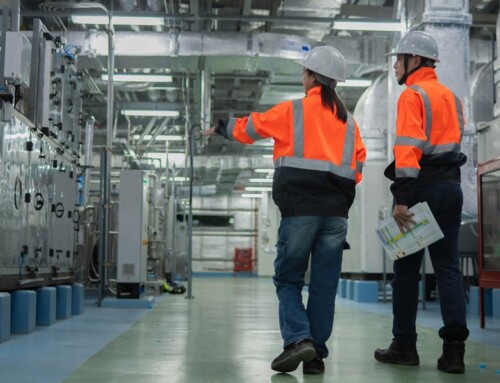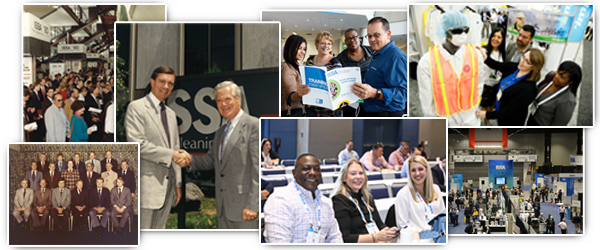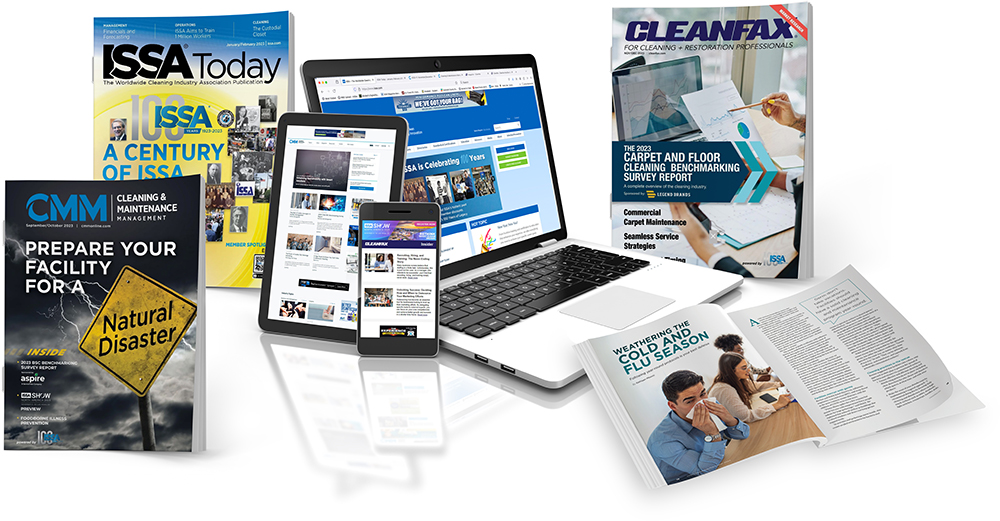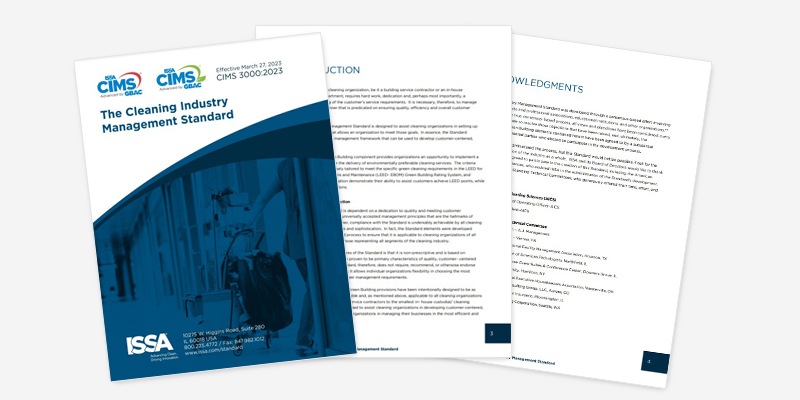ESG Procedure: How to Build a Responsible and Sustainable Strategy

ESG Procedure: How to Build a Responsible and Sustainable Strategy
An ESG procedure—short for Environmental, Social, and Governance procedure—is more than a trend. It’s a roadmap for organizations that want to align operations with sustainability, ethical leadership, and community impact. Whether you’re a facility manager, a service provider, or a cleaning industry professional, understanding and implementing ESG can elevate your brand, reduce risk, and attract future-focused clients.
Want to explore how sustainability already shapes the cleaning industry? Check out the ISSA Sustainability Hub for tools, resources, and case studies.

What Is an ESG Procedure?
An ESG procedure refers to the set of policies, practices, and performance tracking methods that help an organization evaluate its environmental, social, and governance impact. It provides a structured way to:
- Assess sustainability metrics
- Establish reporting mechanisms
- Guide responsible decision-making
Let’s break down the three pillars:
Environmental
This includes energy use, waste management, emissions, product sourcing, and natural resource conservation.
Social
Encompasses labor practices, DEI (diversity, equity, inclusion), community engagement, and health & safety.
Governance
Relates to corporate ethics, compliance, transparency, board diversity, and data protection.
Together, these pillars form a framework that helps organizations measure their impact and commit to continuous improvement.
Why ESG Procedures Matter
Having an ESG procedure in place isn’t just good practice—it’s becoming essential. Here’s why:
Stakeholder Pressure
Investors, customers, and regulators increasingly expect companies to operate transparently and responsibly.
Financial Performance
Companies with strong ESG profiles tend to experience lower risk and higher returns, according to Harvard Business Review.
Regulatory Compliance
Regions like the EU and California are introducing legislation requiring ESG disclosures.
Industry Impact
In the cleaning and facility management sectors, ESG supports better procurement decisions, product life cycles, and workplace safety.
6 Steps to Building an ESG Procedure
- Define Your ESG Goals
Align goals with your organization’s mission. For example, a cleaning company might aim to reduce water use or increase staff training on green practices.
- Conduct a Materiality Assessment
Identify the ESG issues that matter most to your business and stakeholders. This ensures your efforts are relevant and targeted.
- Develop Policies and Action Plans
Set written policies for sustainability, social responsibility, and governance. Assign accountability and establish timelines.
- Track and Measure Progress
Use KPIs (key performance indicators) to measure progress. Examples include:
- Energy use per square foot
- Staff turnover rate
- Percentage of green-certified products used
- Engage Stakeholders
Involve employees, clients, suppliers, and community partners. Transparency and collaboration build trust.
- Report Results and Adjust
Use recognized frameworks like GRI or SASB to publish an ESG report. Learn from the data and refine your approach annually.
ESG in Action: Cleaning Industry Examples
Here’s how ESG procedures might look in practice within the cleaning and facility maintenance world:
- Environmental: Switching to low-emission cleaning equipment and using Green Seal-certified products.
- Social: Creating training programs for frontline workers, especially in underserved communities.
- Governance: Ensuring ethical sourcing and offering transparency in procurement contracts.
Looking for tools to help your company take that next step? Explore the ISSA Sustainability resources and see how others are leading by example.
ESG Procedure and Competitive Advantage
Adopting a formal ESG procedure does more than enhance reputation—it creates real business value:
- Client Acquisition: Many RFPs now include sustainability scoring.
- Employee Retention: Teams want to work for values-driven companies.
- Cost Savings: Efficient resource use reduces waste and cuts expenses.
- Market Differentiation: ESG-minded businesses stand out in a crowded field.
Final Thoughts
Creating and implementing an ESG procedure doesn’t have to be overwhelming. Start with small, measurable steps—and build from there. By aligning your organization with environmental stewardship, social responsibility, and sound governance, you’re not only building a better business, but a better future.
To see how the cleaning and facility management industry is evolving through ESG, visit the ISSA Sustainability Hub for inspiration and support.
Internal Links
External Links

